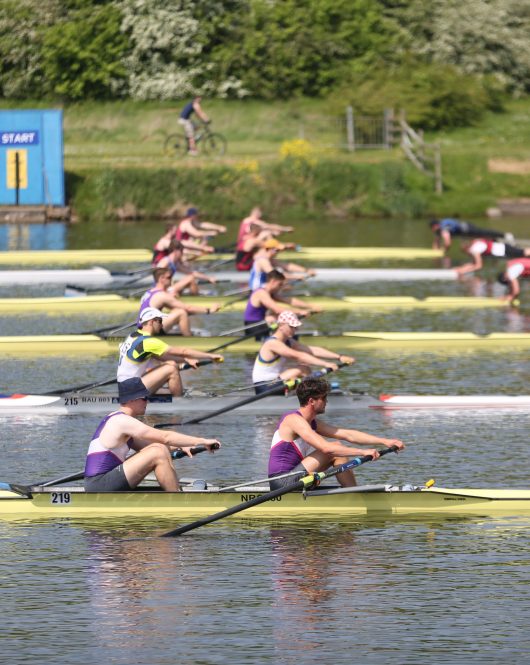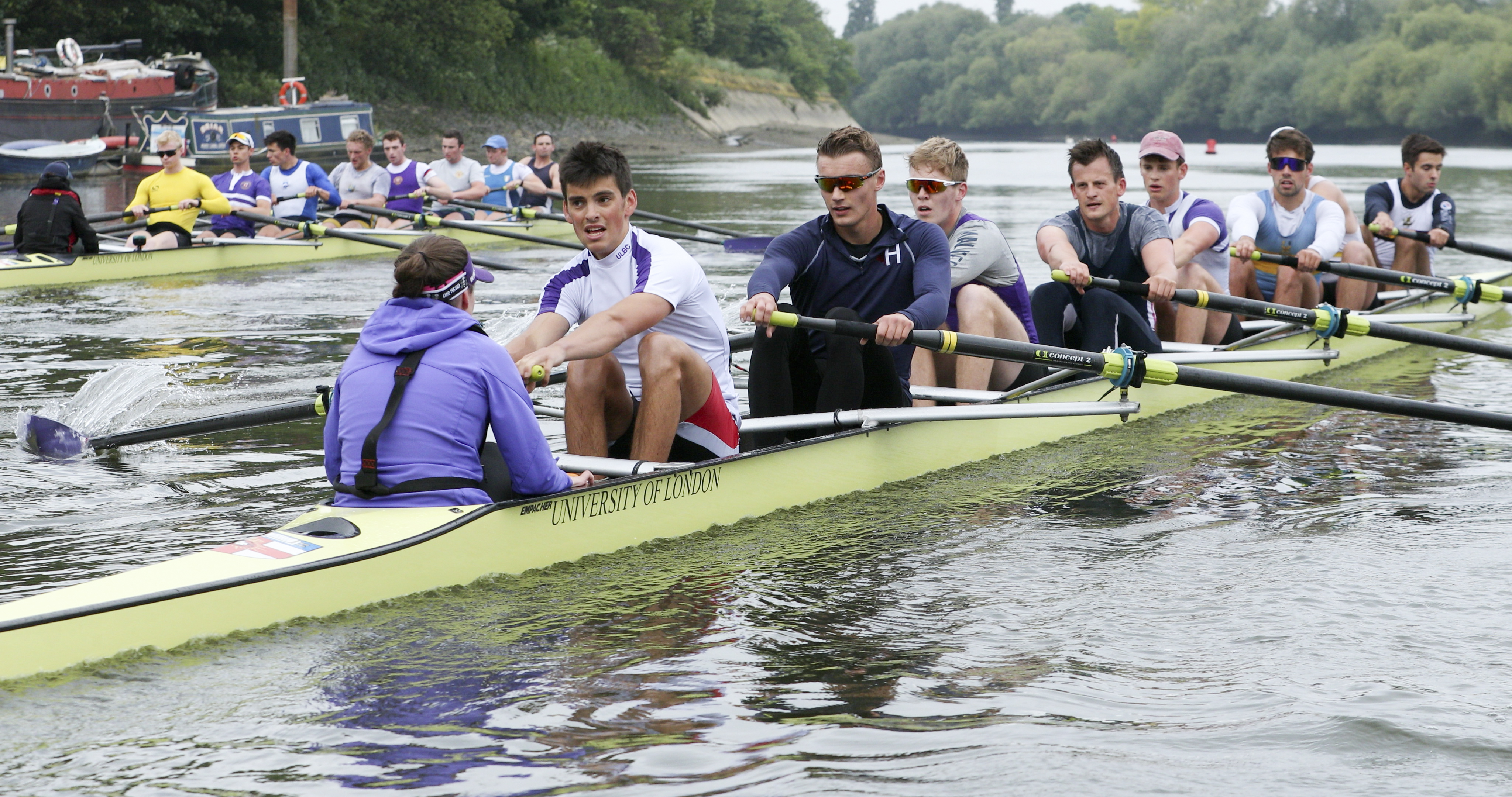Is it better to be more technical, stronger? How much more power do you need to deliver if you row shorter? Is it realistic to compensate for stroke length and power by racing at a higher stroke rate?
We cover these topics and leave you with a few questions to go away and think of on your own. Please feel free to comment if you wish to engage in discussion.
Rowing is a sport based on physics – power and levers – blended with the application of technique. Every athlete has their strengths and limitations. There is an argument that athletes should look to row using a technical manner that maximizes and optimizes their ability to generate boat speed.
This article will not discuss rigging as a way of enabling the generation of such speed. A boat’s rig is one obvious way to maximize an athlete’s ability to can generate boat speed.
The inspiration to write this blog came from comments on a previous blog, which discussed using power as a measure of improvement (Measure Power not Speed). A number of the comments noted that boat speed is what matters. While, ultimately, boat speed is all that matters, functional power is a core component of generating speed, so measuring it on a regular basis is a good way of gauging improvement.
There are perhaps three main factors within which an athlete must develop.
- Strength – the ability to provide more force
- Length – the ability to deliver force for a given distance
- Drive time – the length of time the force is produced for
The wattage an athlete produces is affected by all of these components.
Let us begin with an imaginary athlete. The assumption is that the athlete is fit enough to produce 54,000 watts within a 10-minute piece. This would mean that, in an even-paced effort, the athlete would produce 540 watt minutes. Assuming the athlete was rowing with a stroke length of 1.5 m and that the blade was in the water for 0.9 seconds at rate 20, then the athlete would need to produce a force of 200N for each stroke.
Compare 4 athletes
Imaginary athlete : a reference athlete
Shorter : As strong as the first imaginary athlete but quite a bit shorter
Weaker: The same size as the first but had less physical strength
Stronger : Stronger than the first athlete but was technically less proficient including producing a shorter effective length, how would this fourth athlete produce the same wattage?
| Athlete 1 | Shorter | Weaker | Stronger | |
| Force | 200N | 200N | 100N | 300N |
| Stroke Length | 1.5m | 1.0m | 1.5m | 1.0m |
| Drive Time | 0.9s | 0.8s | 0.9s | 0.8s |
| Stroke Rate | 20spm | 33.8spm | 40spm | 22.5spm |
| Watt minutes | 5400w | 5400w | 5400w | 5400w |
Shorter athlete : Stroke length is also notably shorter. The key difference to compensate is a significant increase in stroke rate.
Weaker athlete : The significant difference once again is stroke rate.
Stronger athlete : Here, the fourth athlete produces the same wattage through a significant increase in force, along with a minor increase in rate.
Looking at this, the data shows quite clearly that there is more than one way to produce the same power. Setting aside different athletes’ efficiency on the recovery, it may be important to adapt the rig or style of rowing to suit the athlete.
The challenge seems to be two-fold. First, figure out which ratio of these your athlete performs best at. Second, after this there is the question of how to mould the athletes together into a crew when their optimal balance might be quite different from one another. Maybe looking at this from a coaches perspective, a coach may feel that certain parameters may be fixed (like stroke rate) so the coach will have to adapt the training programme in order for the athlete to change their optimal balance so as to fit into a crew.
A few questions to leave you with:
- How do you increase an athlete’s ability to generate more force?
- How do increase the length of an athlete’s stroke?
- How do you increase the time the athlete moves the boat for?
- How do you fit a crew together so that their drive times are all the same?
- If their drive time is the same, does it matter if the stroke length is not?
- What is more important – equal stroke length, or equal drive time?
View more content like this

Measuring Race Performance
Simply recoding the time and maybe the 500m splits is not sufficient to really understand how good a performance an individual or crew has delivered. Until
Determining a relevant training load score in rowing
Training load is an emerging topic for those serious about training. We have come to the limits of how much time people can train (and
Training Load - The interplay between Chronic and Acute Training Loads
In the world of sports performance and fitness, training load is a powerful concept that helps athletes and coaches strike the perfect balance between improving


